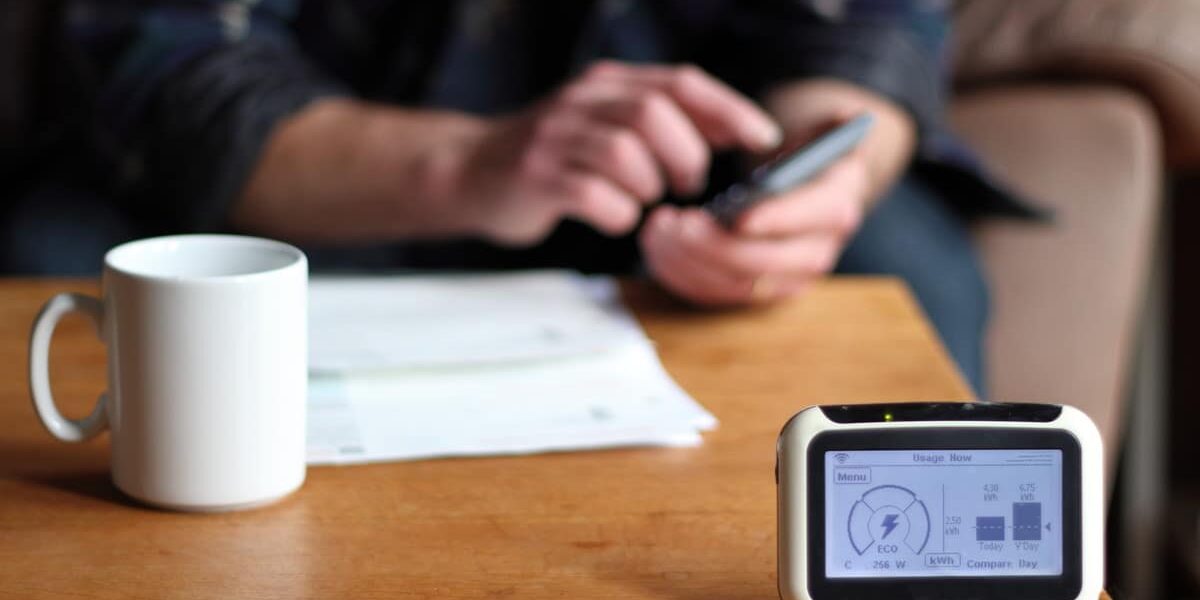When you’re overwhelmed by debt, it’s easy to feel frozen. You might have looked into debt solutions but found there were too many debt options to make sense of. Or perhaps you’ve been so stuck with money worries that you haven’t been able to face the decision at all.
If that sounds familiar, you’re not alone. Many people find that making choices about debt is just as draining emotionally as it is financially. This article is designed to help you break through the indecision, focus on what matters most, and take manageable steps toward a solution that works for you.
Why decision-making feels so hard when you’re in debt
It’s normal to want to make the ‘perfect’ choice, but that pressure can make it harder to take any action at all. Some of the most common barriers include:
- Feeling overloaded by financial jargon
- Worrying about making the wrong choice
- Low mental energy from dealing with debt stress
- Fear of being judged by others
- Feeling you must make every decision at once.
Debt doesn’t stand still – interest, fees, and arrears can grow while you’re weighing up your options. Recognising that you can act in stages rather than all at once can make a big difference.
Steps you can take now
You can start by taking small, important steps straight away to protect your position and make the next stage easier:
- Open one letter you’ve been avoiding
- Check your latest bank statement to know your latest balance
- Gather overdue bills into one folder
- Spend 15 minutes reviewing your monthly expenses
- Set up reminders for priority bill due dates
- Contact your creditors to let them know you’re seeking advice; many will offer temporary arrangements
- Track your spending to see where you could make savings
- Gather your financial documents to speed up any debt solution application process.
These steps won’t solve your debts on their own, but they’ll help prevent the situation from getting worse and put you in a stronger position to decide your next move. Once you’ve taken a first step, the next decisions often feel easier.
Turning a big decision into smaller steps
Once you’ve taken that first step, you can start breaking the process down into smaller steps.
- List all your debts
Start by writing down every debt, the amount owed, and who you owe it to. Include regular bills, credit accounts, and any overdue payments.
- Separate priority from non-priority debts
Priority debts are debts where missed payments could have serious consequences, such as mortgage or rent, council tax, or gas and electricity bills. While non-priority debts are still important, give urgent bills your attention first.
- Work out your disposable income
This is the amount left after paying essential bills and living costs which you can use to pay off debt. You can use our disposable income calculator to get a quick, accurate figure.
- Consider your main challenge
The best way forward depends on what your personal situation is. It can help to ask yourself questions like:
- Do I need my monthly payments to be lower?
- Is it important to have a set date when my debts will be cleared?
- Do I need protection from creditor action?
- Am I able to make consistent payments each month?
- Do I have assets I want to keep, such as a car or home?
- Find your solution
Answering those questions can help you see which solution is most likely to work for you. For example, a Debt Management Plan is flexible but doesn’t have a fixed end date, whereas an Individual Voluntary Arrangement does but requires regular payments. A debt adviser can help you find the best option.
Understanding your main options
There are a number of debt solutions that can help you. Here’s a quick overview of the most common solutions:
An informal arrangement to repay non-priority debts, such as credit cards, personal loans, and overdrafts, in affordable monthly amounts. You make a single payment to a provider, who deals with your creditors and distributes the money.
DMPs are flexible and can be adjusted if your circumstances change. However, they don’t have a fixed end date and creditors aren’t legally bound to freeze interest, though many do.
A legally binding agreement between you and your creditors, usually lasting five or six years. You make regular payments via an Insolvency Practitioner. At the end of the term, any remaining eligible debt is written off.
IVAs provide legal protection from most creditor action, but missing payments can cause the agreement to fail. They’re best suited for people with regular income who can commit to fixed monthly payments.
For people with low income, few assets, and debts under a set limit. Once approved, your debts are frozen for 12 months, and if your circumstances haven’t improved, the debts included in the DRO are written off entirely. DROs are affordable to set up but have strict eligibility rules and will appear on your credit file for six years.
A legal process that can write off most debts, often within 12 months. You may have to sell valuable assets, and if you have spare income, you could make payments for up to three years. Bankruptcy can be a fresh start but has serious implications for your credit rating and future borrowing. There’s also a government application fee to consider.
A debt adviser can help you find the best option for your needs. You can get free debt advice from MoneyHelper. Alternatively, get in touch with MoneyPlus to speak to an experienced debt adviser who’ll listen to your situation, explain your options, and guide you toward a path that works for you.

